begin quote from:
Meet a Real-Life Lara Croft: Alison Teal, Surfer, Survivalist and Activist
RCL adventure correspondent Kinga Philipps chats with the world-traveling reality TV star.
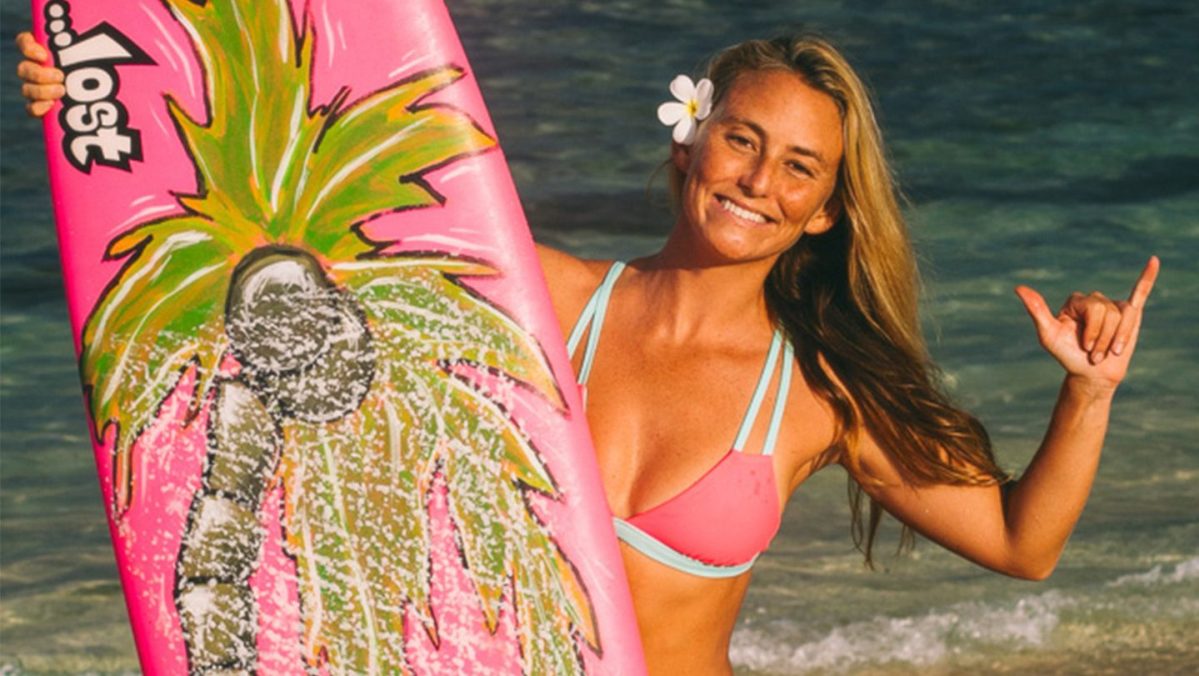
What if Lara Croft was brought to life by Disney? She might be a wild, adventuring soul destined to change the world for the better, surf through the catacombs of Paris, explore the depths of Mexican cenotes and look for dinosaur bones in the desert. She might also do it with a little more personality than the video game version and a pink surfboard instead of a gun.
Meet Alison Teal. She’s been called both Lara Croft and Indiana Jones, but they’re fictional characters. Alison is the real honest-to-goodness deal.
If you’re an adventure show junkie, you’ll know that Alison made waves on Discovery Channel’s Naked and Afraid. Not because she was naked, but because she wasn’t one bit afraid. This petite blonde scored the highest primitive survival rating of season one and won the hearts of the audience with her laugh and her wits. No surprise there. She was making waves long before Discovery came along. Alison’s childhood was something straight out of a travel magazine … literally. She grew up on the pages of Patagonia catalogs with parents who were adventurers, yogis, explorers and world-renowned photo journalists. It seems that if your first ever best friend is a monkey in the jungle, you’re destined to be a wandering soul.
What sets Alison apart, other than her venturesome spirit, is that she recognizes not only the magic of the world around her but the value of teaching future generations to protect it. She has used the platform offered her through the Discovery Channel experience and magnified it into a brand of sustainability, exploration and creative storytelling. Her signature color is pink and her videos are a blend of Indiana Jones and a Disney princess gone Inconvenient Truth rogue. It works. Know your audience they say, and Alison definitely knows hers. The future scientists, explorers and conservationists whose job it will be to make the changes needed to keep our planet green and blue. These days Alison is making her mark as an eco-lifestyle personality, traveling the world and shooting, directing, hosting and editing her own series, Alison’s Adventures. In one recent episode, she discovered a Triceratops jaw bone and got to keep it. It’s now sitting on her bed. This is the stuff childhood dreams are made of. Before real life kicks in every youngling dreams of searching for dinosaurs, traveling the world to leave no stone unturned in the pursuit of truth and justice, and finding glory on the pages of journals extolling their grand adventures. So for that next generation still dreaming, and the kid in all of us, Alison is riding her camel into some vast wildness … probably right this very moment.
Your childhood was, to say the least, different than the average suburban upbringing. Tell us about that.
Alison Teal: My Wild Parents. My papa, David Blehert, is a world-renowned adventure photographer for companies such as National Geographic magazine, Patagonia, Eagle Creek and Teva. He is famous for going after, always getting and bringing back the impossible “extreme shot” from some of the most primitive, inaccessible, wild and often dangerous wastes, jungles and wilderness areas on the face of the earth. My mother, Deborah Koehn, is a naturalist and internationally acclaimed yoga devotee and teacher. And together, as a family, we formed a company called Yoga Adventure and have guided trips around the world for as long as I can remember.
When I was two months old, my parents took me skiing on Ausangate, the highest peak in Southern Peru, and since then my life has been a continuous whirlwind of high adventure.
I have explored and lived in the most remote, strange, colorful and bizarre corners of this planet and gotten to know, like and become friends with all manner of indigenous people, and by doing so, become part of an ever growing global family.
And as you might have guessed, my ad-lib, free-form, on the move, literally homeless version of “home schooling” took place on the back of, or under, an elephant, in a tent in a blizzard on the flanks of Mt. Everest, on a camel safari across the Rajasthan desert, and wherever else my adventure and nature photographer parents’ jobs took them.
The world was my school and my playground.
What was and is normal family life for me is light years away from most peoples’ idea of normal. For me, it was the only life I knew from birth until I first saw the inside of a school room on the high slopes of the Himalayas in Nepal at the age seven.
I thought – Wow! I’m in an actual school with other children. And a teacher.
Inside a building. How strange. How weird. How exotic.
People sometimes seem to be born on a certain path, and you definitely appear to have been groomed from birth for the lifestyle you lead. Was this always the only path for you or did you ever want to run off and do something like accounting?
AT: Life is always greener on the other side of the world in someone else’s life. As I was growing up global, trekking through the Himalayas, paddling through some dangerous section of the Amazon, or practicing dance with the Balinese village kids, my #1 dream was to go to a regular school in a normal neighborhood in the United States – on a big yellow school bus with a peanut butter and jelly lunch box. Most kids would dream of my life of adventure, but to me, having my own school locker and text books was an exotic dream. The only real knowledge I had of western culture was through in-flight Disney movies, and I thought I was missing out on slumber parties and Disneyland. It wasn’t until I finally went to Disneyland with my grandma, around the age of seven, and almost had a heart attack when I found out Dumbo was a plastic elephant and not like Raja, the one I had grown up with in India, that I realized I had grown up in a real-life Disneyland!
Now that I’m old enough to appreciate that my parents literally gave me the world, I want to continue sharing the real life magical stories I experienced as a child through my films in order to inspire people to protect the world that was my playground and my classroom.
You really killed it on Naked and Afraid. What strengths helped you to succeed?
AT: I always say humor is the most important survival tool to pack on an adventure. In the case of Naked and Afraid, a large amount of the survival was purely mental. It took cave men centuries to develop even simple tools and thus in a couple weeks we could not create much in the sense of actual survival tools. Most of our aids had to come from mental strength and perseverance.
Also, I have the coconut tree to thank. It is the only tree that provides shelter, water, food, and clothing. The coconut hat saved my life. In survival, shelter in the #1 most important thing, and clothing is the #1 shelter. When we arrived naked on the island, it was 122 degrees. Without the knowledge of weaving palm leaves, I would have for sure experienced heat stroke and sunburn like my partner and probably had to leave the challenge.
Whenever we are put under pressure, we learn. What was the big take away for you from the Naked and Afraid experience?
AT: My life has essentially been survival 101 since birth, yet it wasn’t until I was literally stripped of everything and put to this ultimate test (which became a sort of coming of age experience) that I realized what I was made of. It was the most challenging experience of my life, and perhaps the greatest teacher I will ever have. It taught me the capacity of the human mind, both good and bad. On about day 16 of the survival challenge, starvation swept over us to the point that we actually planned which cameraman we were going to kill and eat – our hunger had pushed our brains to believe the only solution was cannibalism. Don’t worry, I was lucky enough to spear an eel instead of a human and it gave us enough protein to survive.
I believe that every human, if thrown into a life or death situation, will find strength in themselves that they never new existed and learn lessons about their true purpose in life when pushed to the limit. It is important to step out and take risks! You don’t have to run off naked to an island for a month, but even a night camping in nature will refuel the soul and remind us what is important in life and how little we really need to be happy. I will NEVER take a scoop of peanut butter or a soft blanket for granted EVER again.
And perhaps the most interesting overall take away is that Naked and Afraid has shattered the stereotype of a male being the superior bread (or coconut) winner in a survival situation. In most episodes, including my own experience with a supposedly rugged recon marine who received second-degree sunburn in an hour and could not walk the entire challenge, the women have shown enormous strength and longevity! The show, without intending to do so, has revealed an interesting study on what would happen in our gender roles in an apocalyptic type of situation. Study results equal serious girl power will keep the world alive!
Your TV experience really gave you a platform to deliver your environmental message, and you’ve run with that. What is that message?
AT: Through my Alison’s Adventures online series I seek to educate through entertainment. With the success of Naked and Afraid and other TV hosting appearances, it has given me the platform to share my films and stories online for free for families across the world to enjoy and learn from. Like a female version of Indiana Jones—always with a camera and a pink surfboard—I journey into ancient cultures to share global secrets of survival, sustainability, and happiness through a unique style of storytelling guided by my voiceover and the wild characters I meet along the way. My film series Alison’s Adventures calls attention to global, environmental, and human issues that educate and inspire viewers to be part of the solution. Each film entertains while teaching cultural awareness, geographic exploration, and the importance of family, kindness, health and caring for our planet.
Why all the pink?
AT: To me pink represents my passion for life, protecting the Earth, and keeping everything fun! But my pink surfboards are “green to the core,” made from recycled coffee cups and other Styrofoam remnants. And my pink bikinis are also made from recycled plastic bottles. I love to be a role model for kids all over the world, and when I go into a school with my pink surfboard, little girls immediately gravitate toward the color as pink seems to be a universal girl language! I have never smoked, drank, or done any sort of drug. I’m high on my pink passion for life.
Surfing can be a vehicle to promote change. A smile and a pink surfboard can open any door. My lifelong dream has been to show that one girl, with little more than a coconut hat and a pink surfboard, can change the world and share her love for the ocean and passion for reminding all people that we are one.
You are not only an adventurer but one who understands that we will be handing this planet over to the next generation. What do you hope is the take away for any child who watches one of your videos?
AT: I hope to inspire the kid in everyone to love the planet. As humans we tend to protect what we love – our children, our favorite piece of clothing, our home, and our loved ones. Thus I believe that if we can inspire our future generations – who will be our future leaders – to love the planet, THEN they will WANT to protect it! We only have one Earth, and I’m not ready to move to Mars yet!
During my first school tour in Philadelphia, a little girl approached me after seeing one of my films and she was sobbing! She nestled her hand in mine, looked up at me with wide eyed gratitude and said, “My mom is dying of cancer, and before I saw your films I thought I have nothing to live for, but now I see there is a whole wide world out there and lots of magic and people that will be my friend.”
At that moment I knew I was on the right track. To change one kid’s life is to change the world!
What projects are you most proud of?
AT: During my 21-day survival challenge on Naked and Afraid in the Maldives, I was shocked by the amount of plastic trash covering IT. IT was only one island, and I couldn’t bear to imagine what the other 1,200 islands looked like, covered in their own veil of plastic debris.
To leave the island at the end of those harrowing 21 days, we made a raft out of castaway plastic bottles. As I paddled out to the rescue boat, I swore I would return to the earth that had kept me alive and alert the world to the plague of ocean borne plastic pollution. My mission: to rid the world of plastic detritus and transform the existing plastic waste into usable items. Much of the plastic trash is carried to the island chain from far away countries by ocean currents. As it travels, it breaks down and pollutes the ocean with toxins that are eaten by fish, and eventually by us. The Maldives are home to one of the largest tuna fisheries in the world. Isn’t it wildly unsettling to think that the next time you take a bite of tuna, it could be laden with microscopic, toxic plastic particles? Not to mention 70% of our oxygen comes from marine plants in the ocean and plastic is killing those plants! If the oceans die, we die.
Thus I returned to the Maldives to document the rumored “trash island” and create a comedic short film about this serious global issue. My expose of trash island in the Maldives island chain was reported on by Time Magazine, CNN, The Huffington Post, and all major television and media outlets across the world, and awakened the world to the environmental threat of global plastic pollution. I was the first person to document trash island. As a result, it went so viral in the media that it instigated the cleanup of trash island that is currently underway! Never in my wildest dreams did I think that one person could make such great change in the world. It has inspired me to keep making films and sharing images of what is “out of sight, out of mind” in our world to inspire change. The film shares my passion for storytelling and education through entertainment. As my wild parental units taught me, the way to inspire positive change is to be positive. Growing up global, the world was my classroom and the ocean my playground. I hope to keep it plastic free and friendly for future generations to explore, learn from, and love!”
What are some of the wildest adventures you’ve been on?
AT: I’ve crossed the Rajasthan Desert, paddled dug out canoes down the Amazon, swam with sharks in Fiji, uncovered pre Incan mummies and 65-million-year-old dinosaurs and even climbed to Mt. Everest base camp at age seven. But perhaps the most wild adventure that comes to mind happen in 2008 on a surfing safari in Morocco when I was told to kiss a cobra snake to save my life. In a market in Marrakesh, I was approached by an insistent, self-styled faith healer from the Sahara Desert wrapped in blue and gold robes and topped off with an ornate turban bigger than a camel’s hump. The holy man solemnly intoned, “In your near future you will have a serious surfing accident. You will die if you do not kiss a live cobra immediately.”
Anchor Point is the bland name for the most famous, and perhaps most hazardous surfing break along the Moroccan coast. Despite the massive swells, and strong winds, which whipped the surf into the froth that fateful day, I dismounted my camel and jumped right in with my signature pink surfboard, easily paddling out to a take off spot without concern. And then I was instantly wiped out by a vicious set, and hurled crashing into a jagged crevice in Anchor Rock itself where a staggering crush of seawater threw me down, down, down into swirling blackness, gasping for air. There was a gunshot like cracking noise that I was sure was the sound of my spine breaking. With what felt like my last whisper of breath, I saw the filtered light of a rainbow far, far above me, and swam up to it for what seemed an eternity before finally popping up through the churning surface foam alive. The crowd that had gathered rushed to pull me to shore before the next wave came in, expecting to retrieve my lifeless body, not be greeted by me with laughter and hugs.
When I finally sat on the beach and examined myself, I was amazed to find no injury, not even a scratch, only a fin on my surfboard had broken, and I realized that had probably been the source of that terrifying cracking sound. Was my safe return from certain death the predicted result of having kissed a cobra for protection, or just incredible dumb luck? You decide. I believe it was Moroccan magic!
What’s on the bucket list of someone who does as much as you do?
AT: With the nickname Indiana Jane, I feel it is my dream (and duty) to one day visit the Great Pyramids of Egypt! I spent my time at UC Berkeley studying Egyptology and culture. One day, I dream of riding a camel across the Egyptian desert with my pink surfboard under one arm and my camera under the other and watching the blood red Egyptian sun dip behind the pyramids. I believe we can learn a lot from the Egyptian connection with the rhythms of nature and astronomy.
As I stalked your Instagram like any good journalist, I noticed that you offer adventure trips to Hawaii. What can one expect on such an Alison Adventure?
AT: Yes! It’s a life changer in every way for everyone! Each year I offer a special adventure for a small group to come and actually stay at my Robinson Crusoe style oceanfront retreat center for a real Hawaiian adventure! For an entire week, we take you on an adventure around the Big Island AND teach you how to manifest your dreams! We’ll eat fresh local food, swim with magical marine life like wild spinner dolphins, surf and practice yoga for all levels, learn traditional archery, hike to an active volcano and through lush valleys, cliff jump and relax in the hammock under swaying palms.
What are you working on now and where can we see you next?
AT: For my latest adventure I set off to the Yucatan Peninsula to focus on the protection of our world’s most valuable resource.
The human body can only survive four days without water. We live on a planet made up of 71% water but only 2.5% is fresh, and of that 2.5% only 0.065% is available for human consumption – yet every moment that fresh water source is under threat by pollutants introduced by the people who need it most: us.
I recently teamed up with professional cave diver and Nat Geo grantee scientist, Sam Meacham, to dive into the cenotes of the Yucatan Peninsula to get an in-depth look at one of the last pristine sources of fresh water on the planet and the prehistoric human skeletons that they uncovered in the aquatic caves systems that are the oldest humans in the Americas. Can we protect our resources and historical treasures before we go extinct just like the people of the last ice ages?
I want to leave you with an open-ended question to address anything you would like to put out into the world….
AT: Everyone always asks me “how do you afford to travel and how can I lead a life of adventure?” I always say you must live off your “trust fund” – meaning you must TRUST the funds will be there! Make a plan, sprinkle it will passion, add in some hard work and TRUST!
In all my years growing up with shamans and tribes around the world, there are three clear messages I would love to pass on. Number 1: Love each other (that includes the earth). Number 2: Protect our waters. Number 3: Respect your family.
Never one to sit still, Kinga Philipps has tested herself for the past decade by traveling the globe, rappelling, caving, scuba diving, jumping out of airplanes and diving with the sharks as a writer, producer and on-camera host. In her rare bits of free time, Kinga explores her singular fascination with sharks followed by a love for the beach, surfing, motorcycles, cars, charity work, travel, food and action sports.
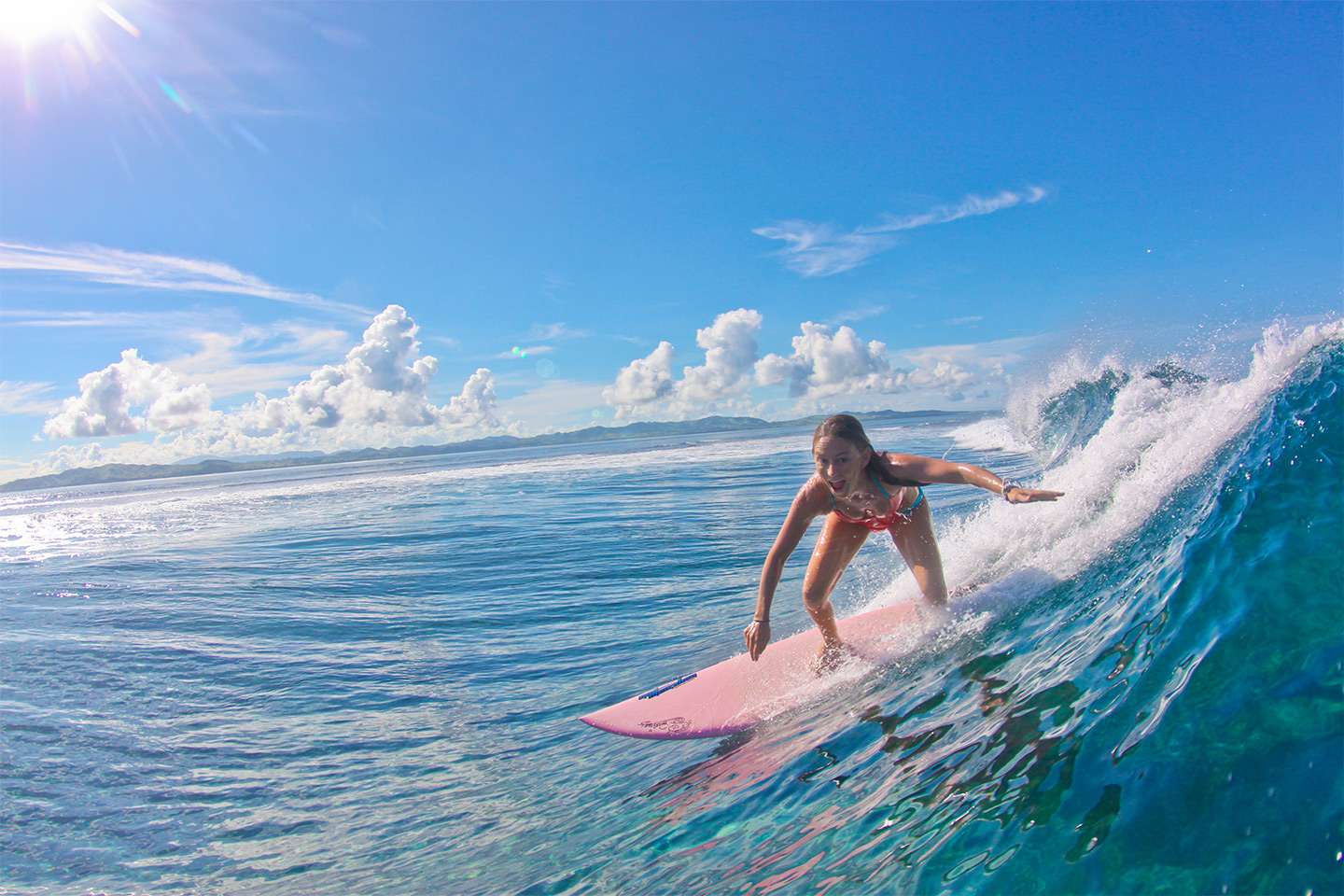
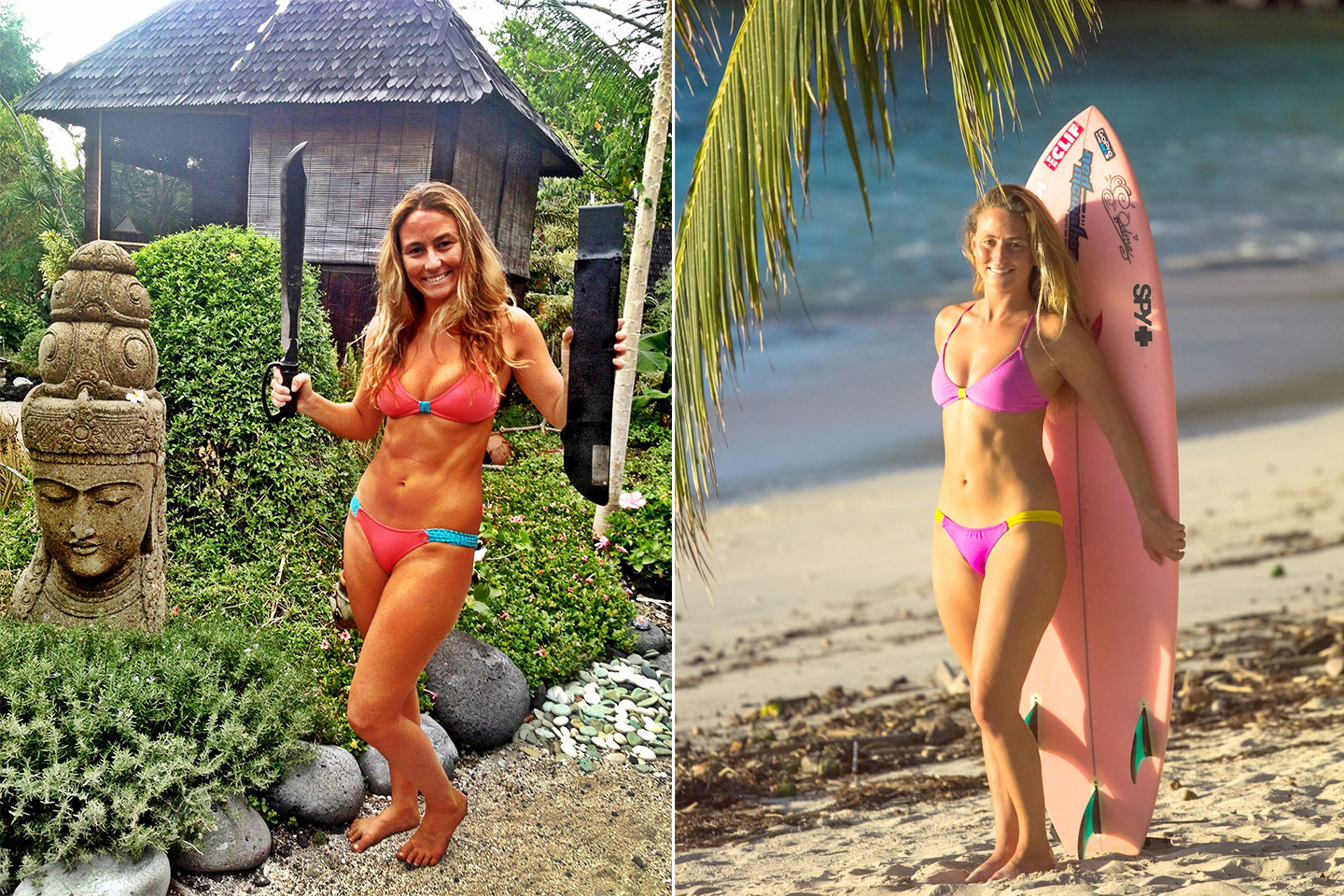
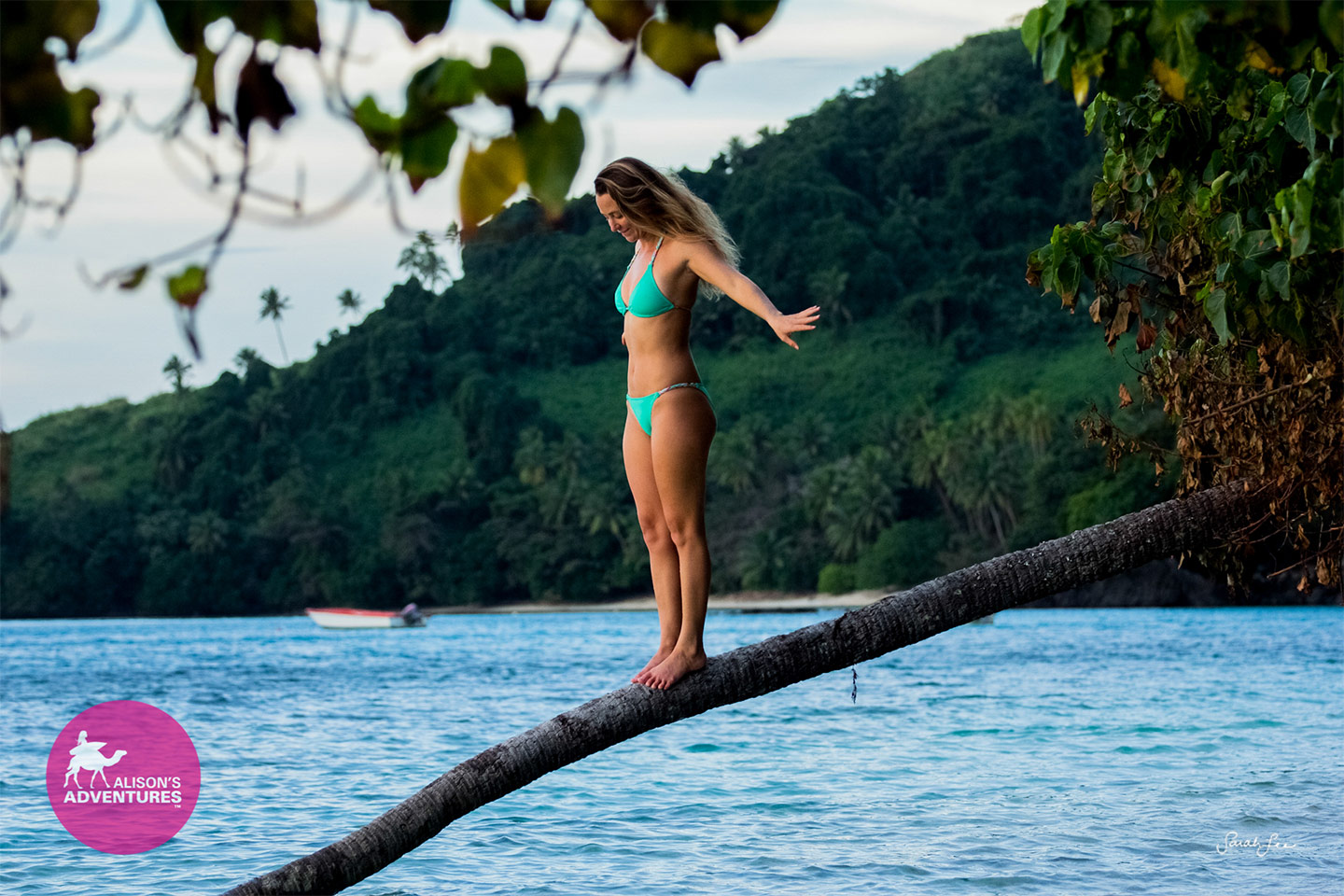
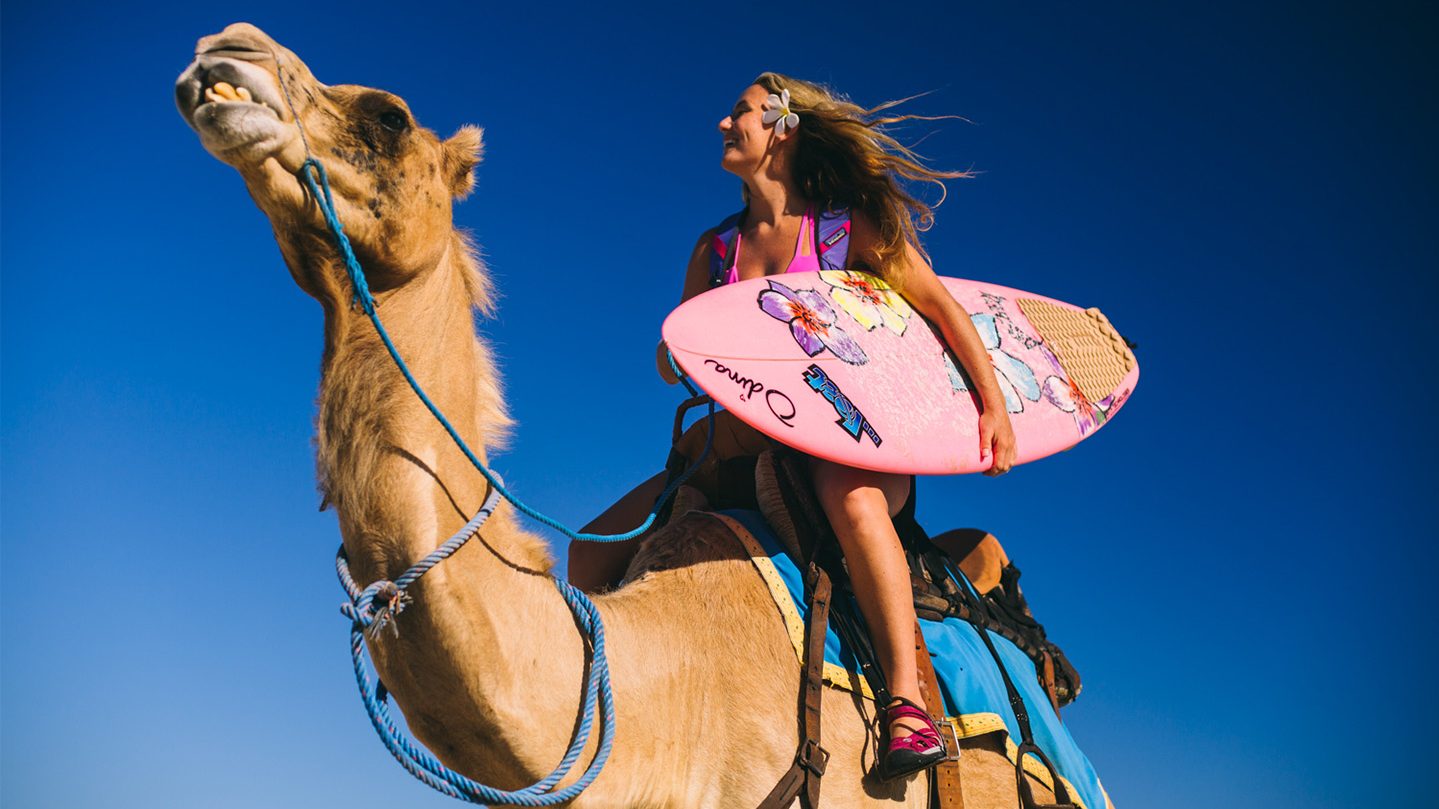
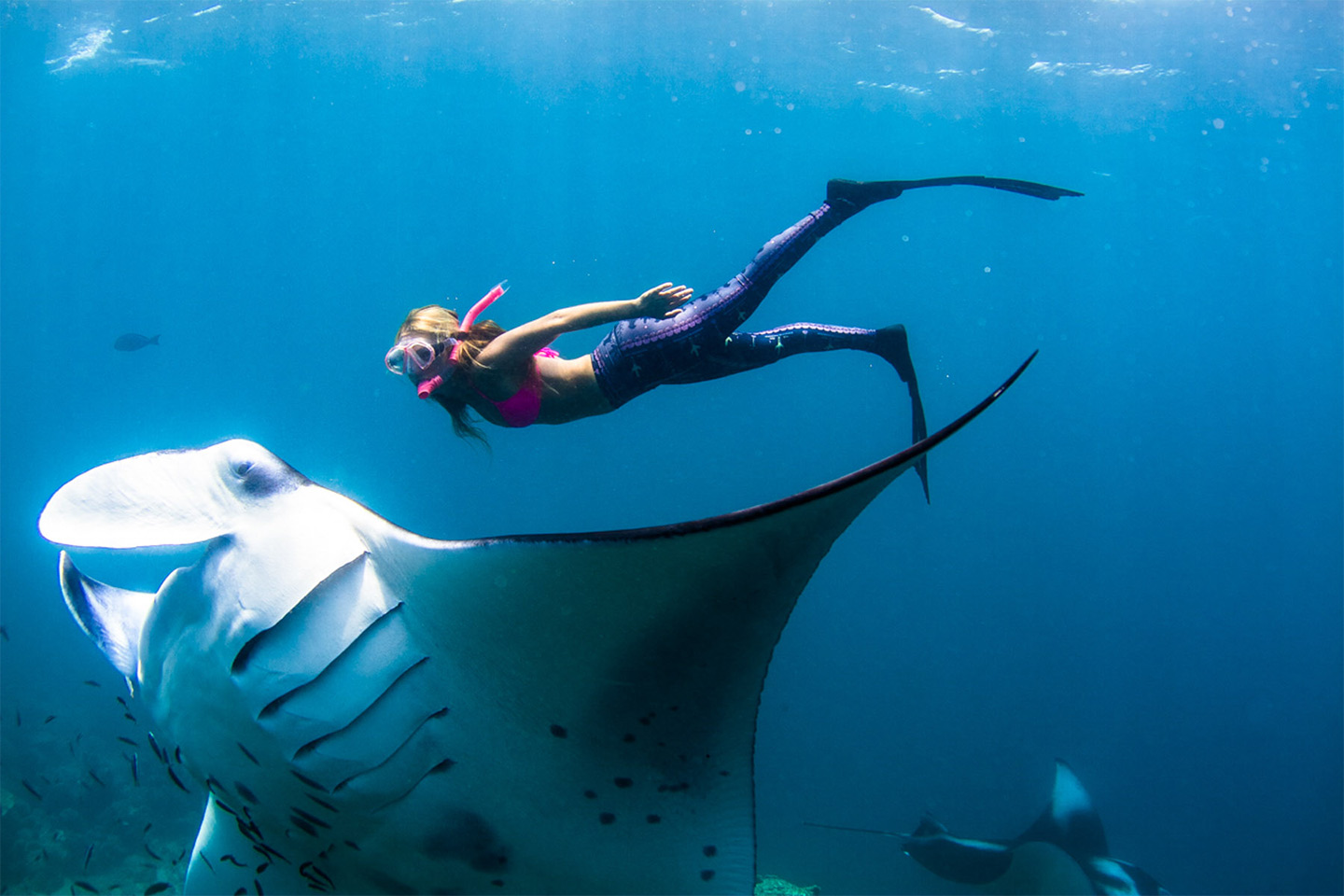
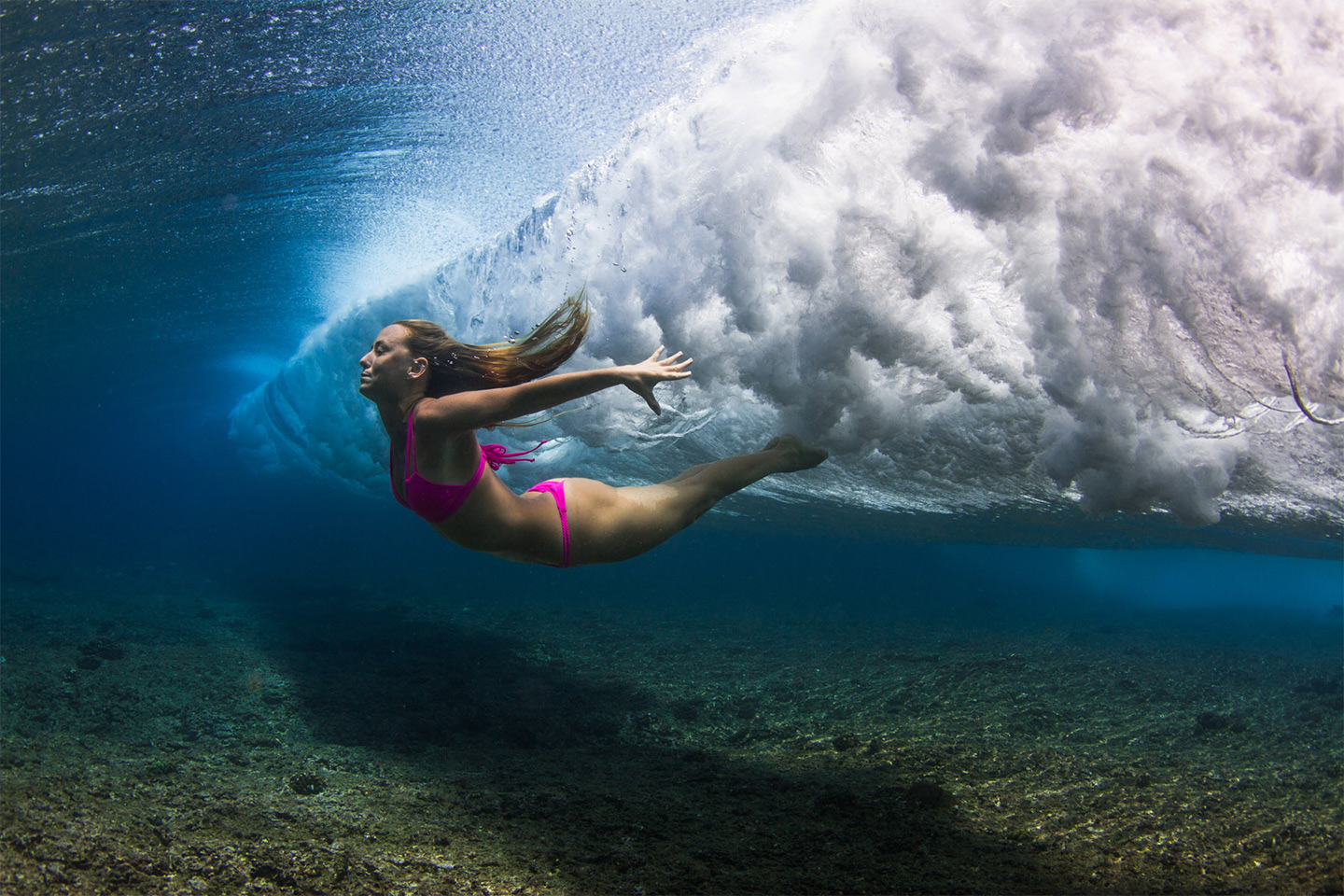
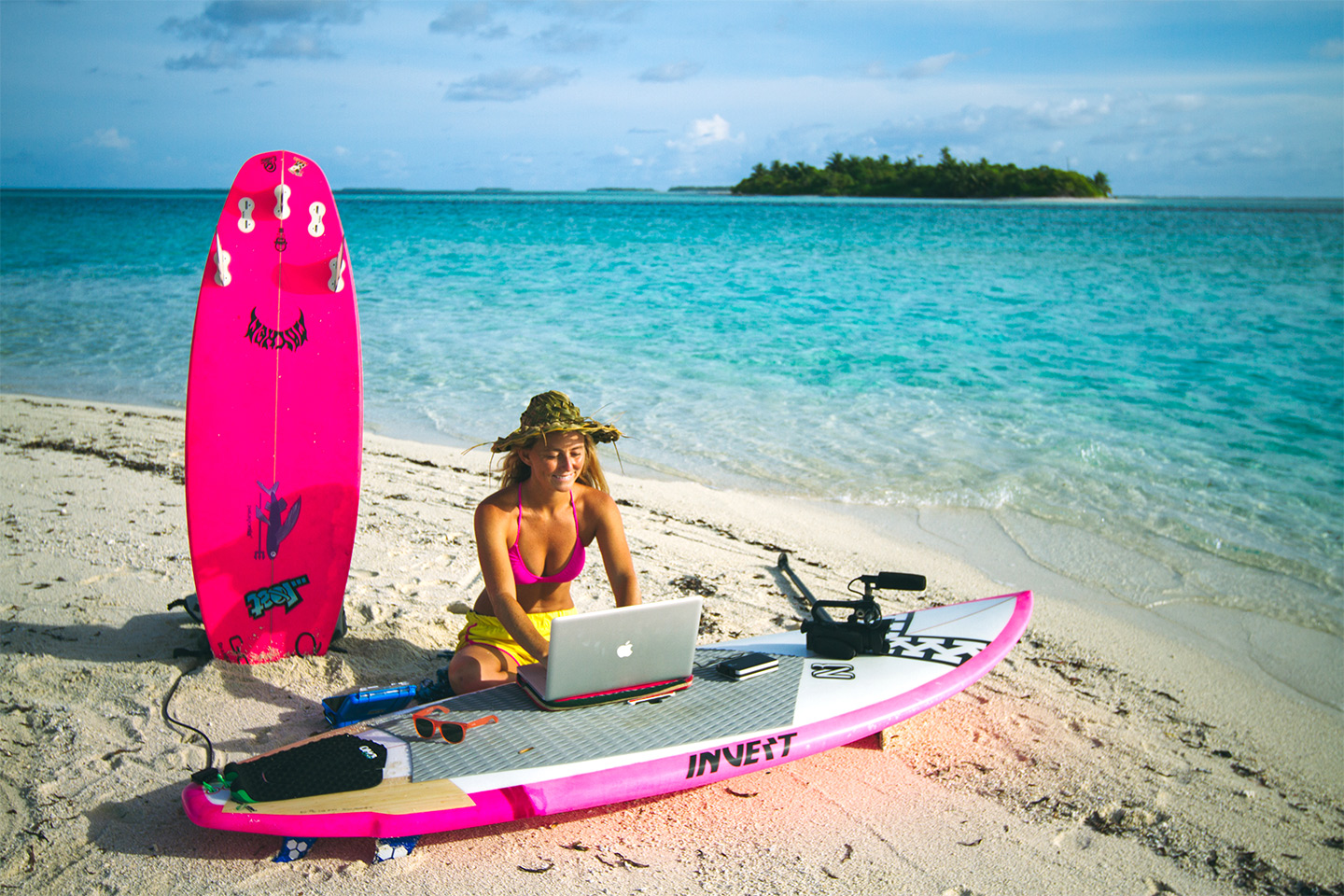
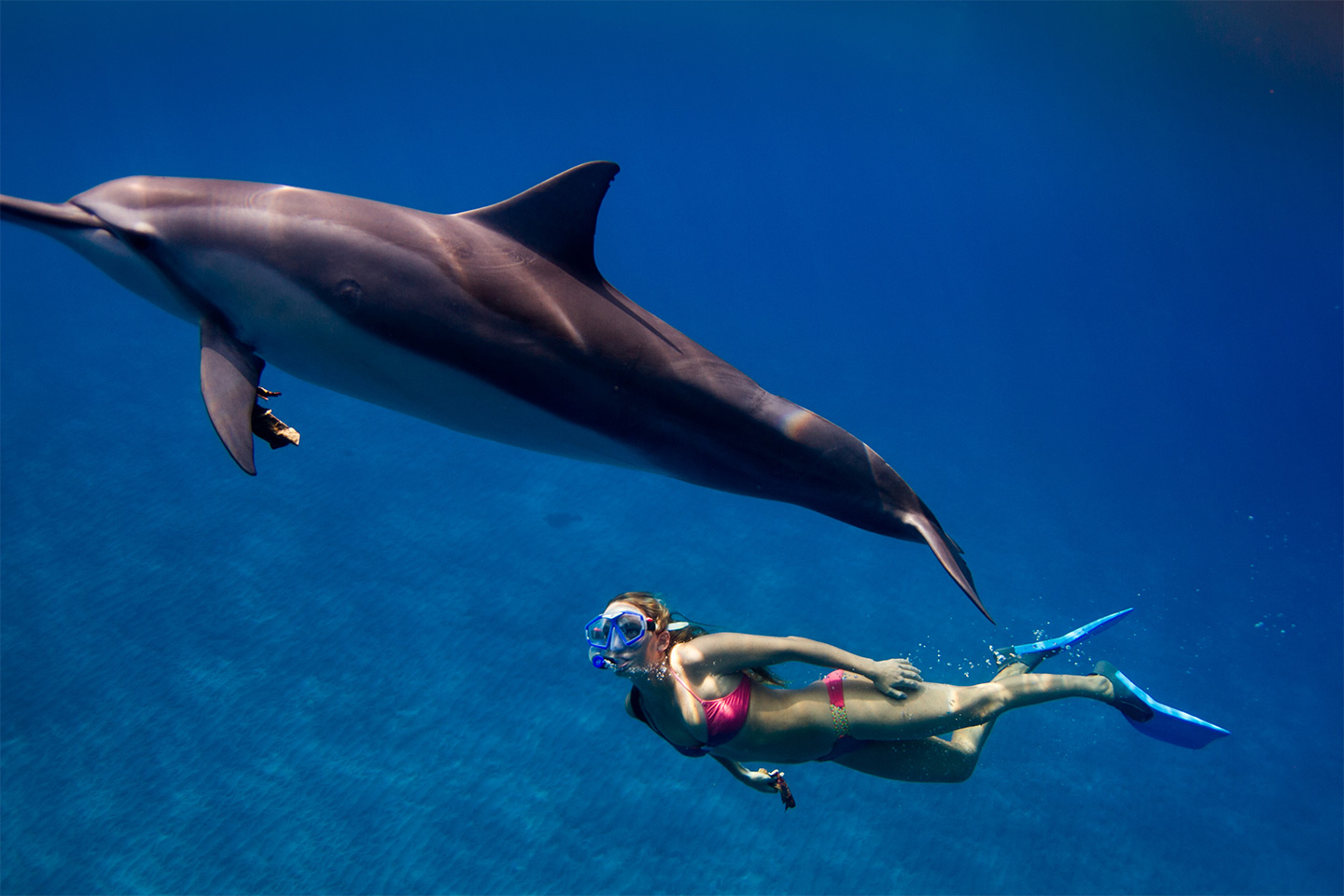
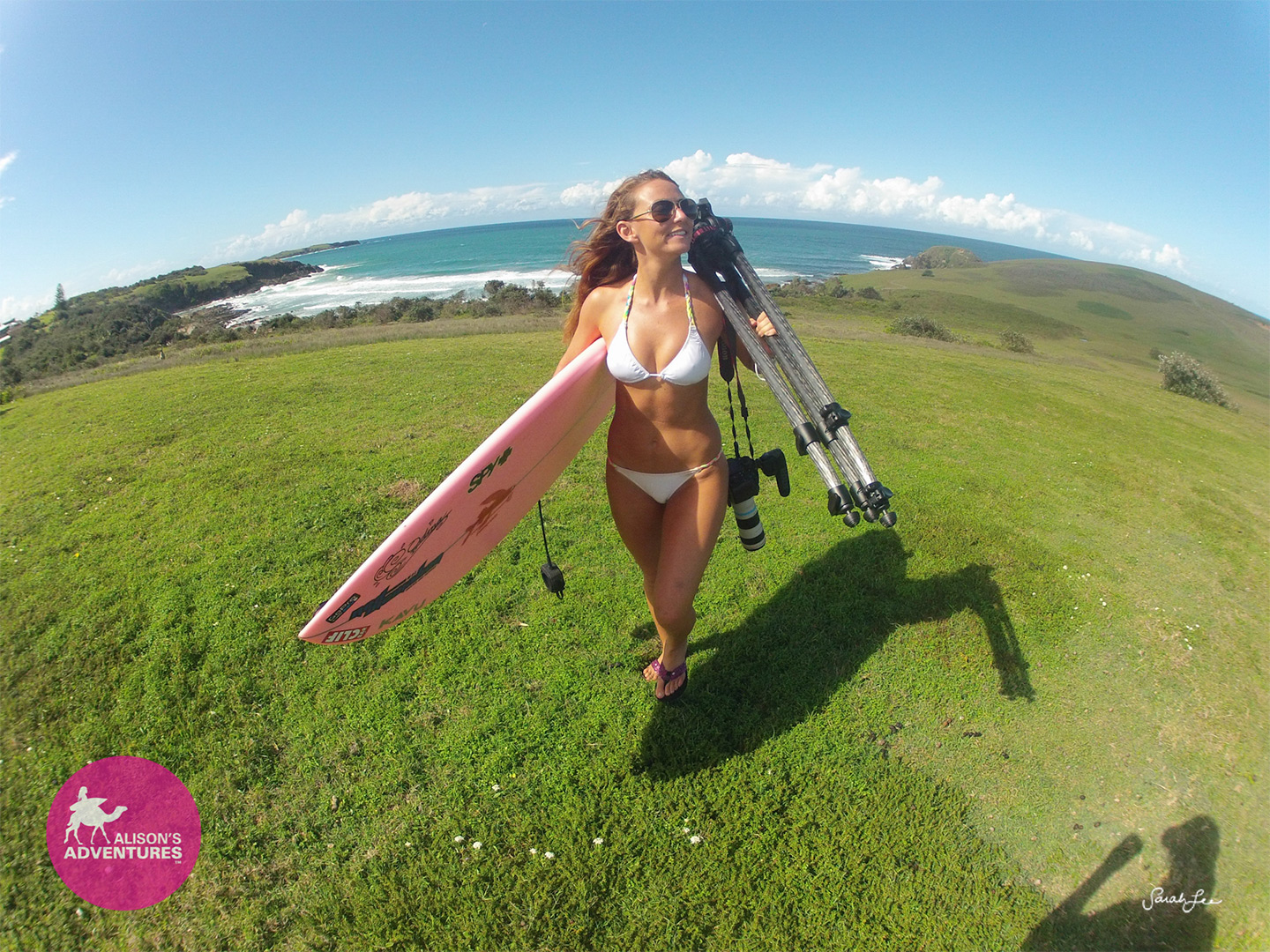
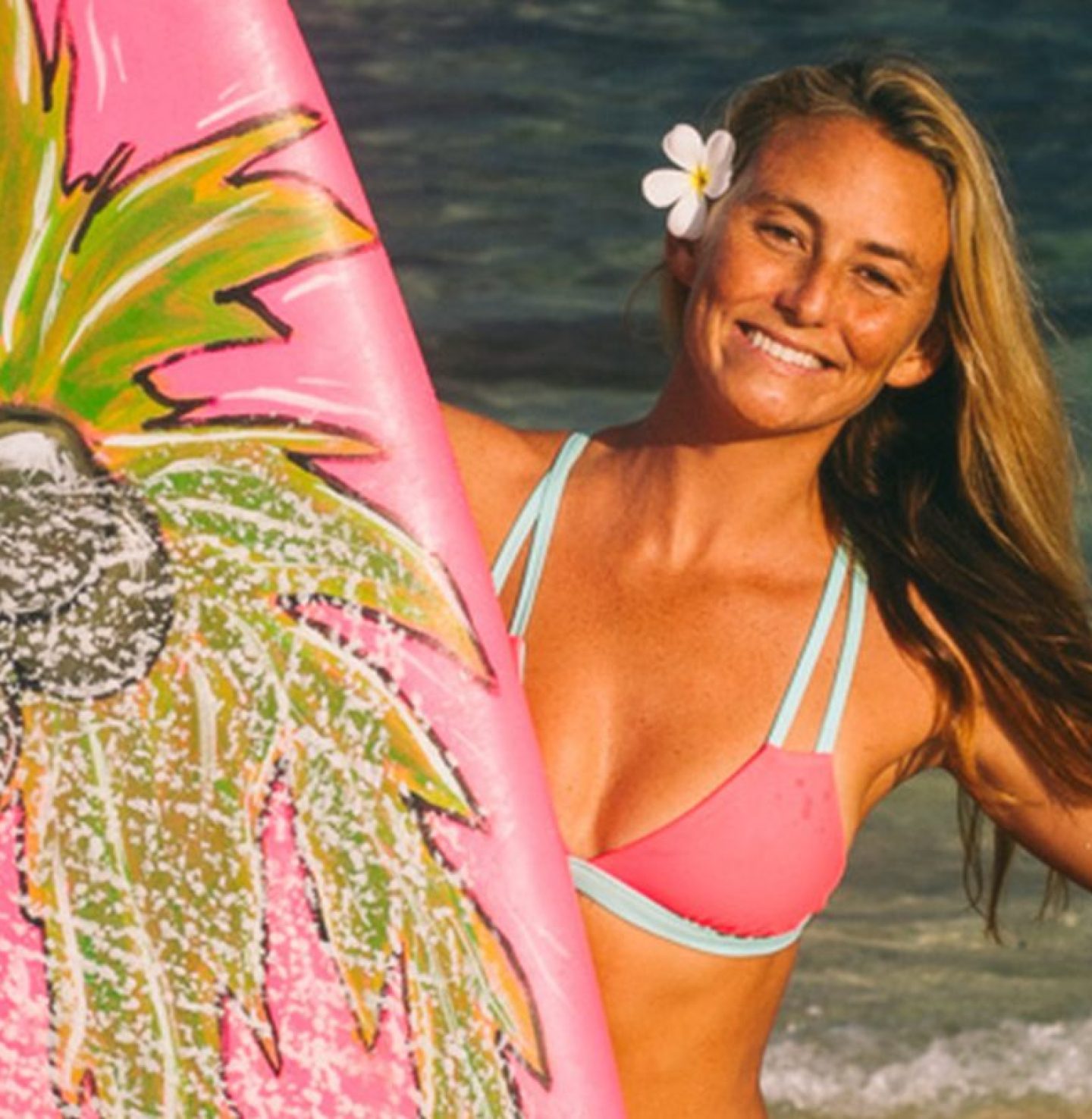
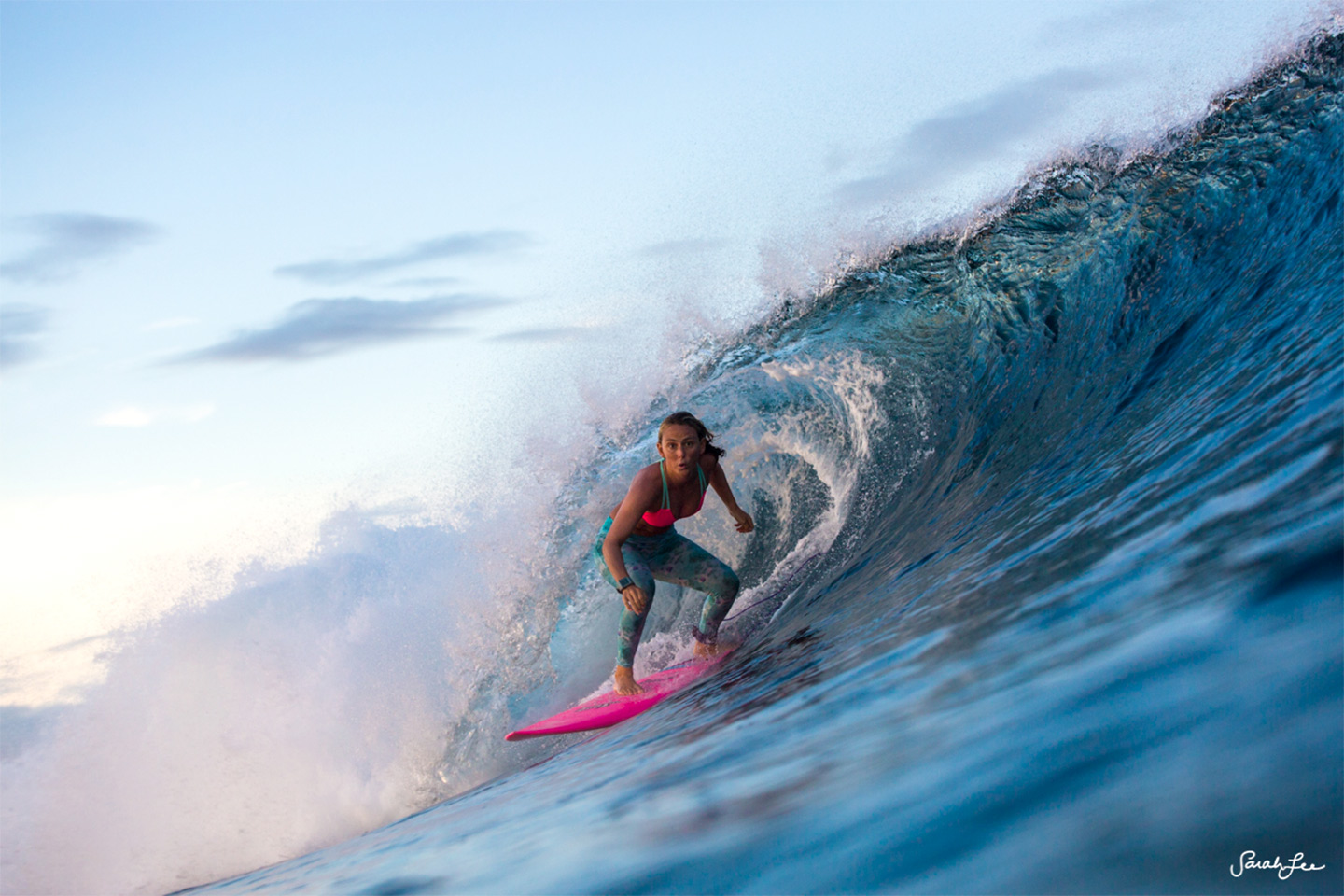
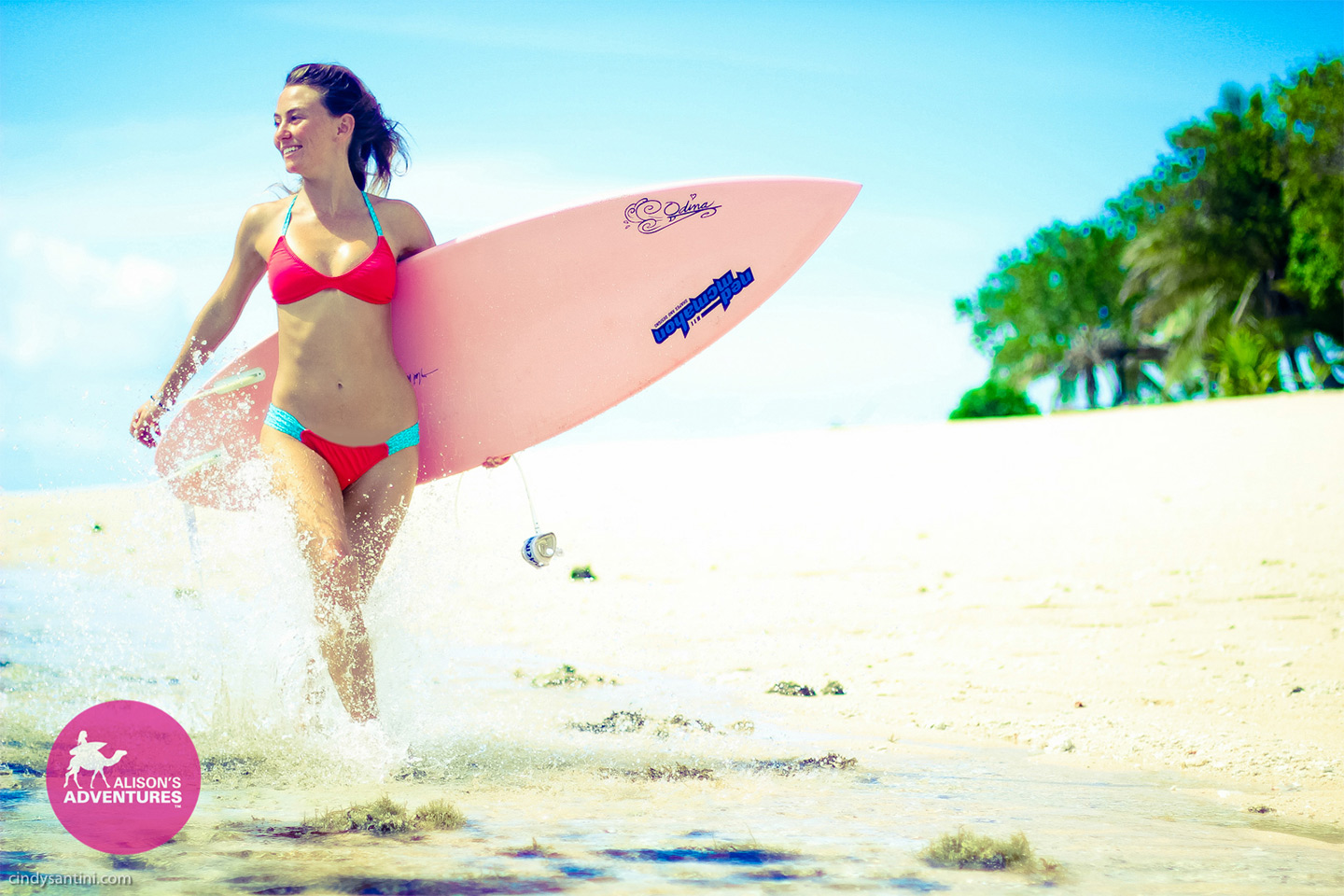
No comments:
Post a Comment